Table of Contents
Introduction
Are pork spare ribs the same as baby back ribs? No, they are not. While both come from the rib section of a pig, they differ significantly in location, size, fat content, flavor, and cooking methods. As a professional chef with over 15 years of experience in barbecue and meat preparation, I'll explain these differences in detail to help you choose the right cut for your next meal.
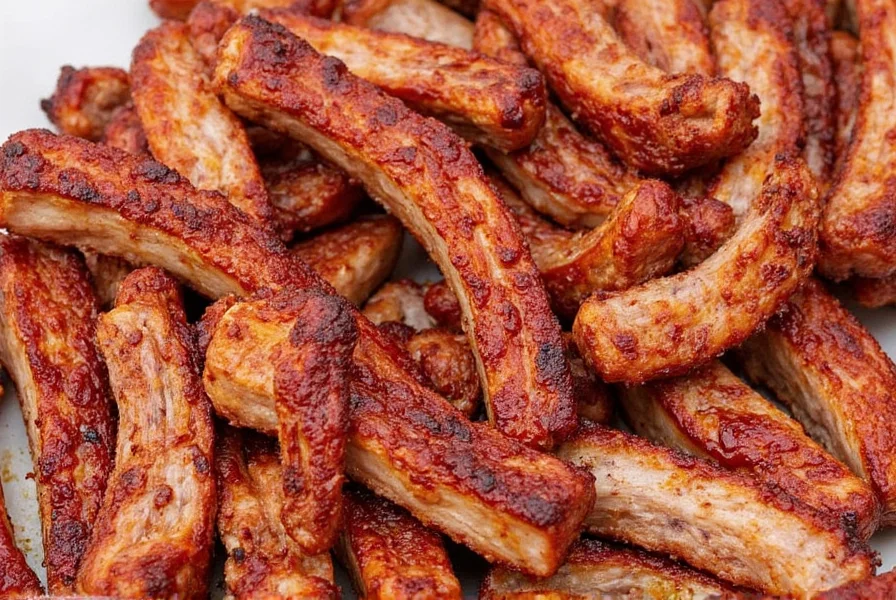
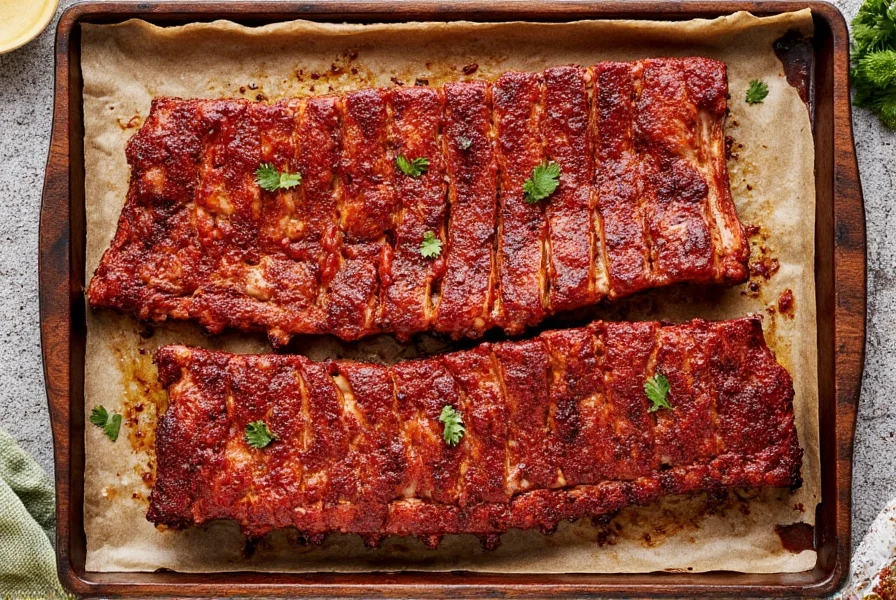
What Are Pork Spare Ribs?
Pork spare ribs come from the lower part of the pig's ribcage, near the belly. According to USDA meat guidelines, these ribs typically contain 15-20% more fat than baby back ribs, contributing to their rich, savory flavor. They are known for their deep, meaty taste and are a popular choice for slow-cooked dishes like barbecue and braises.
Key Features:
- Longer and wider than baby back ribs (typically 12-14 inches)
- More marbling and fat content (15-20% higher than baby backs)
- Stronger, deeper flavor profile
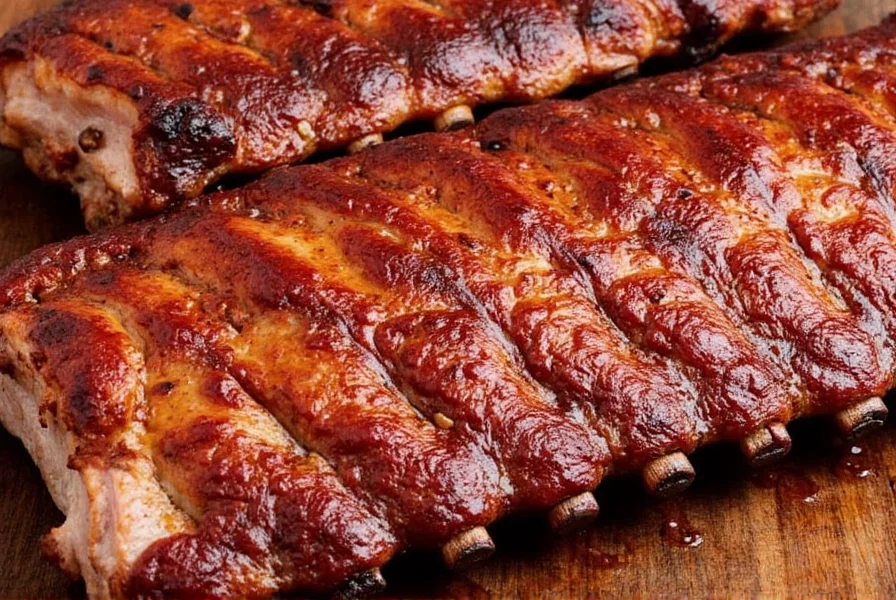
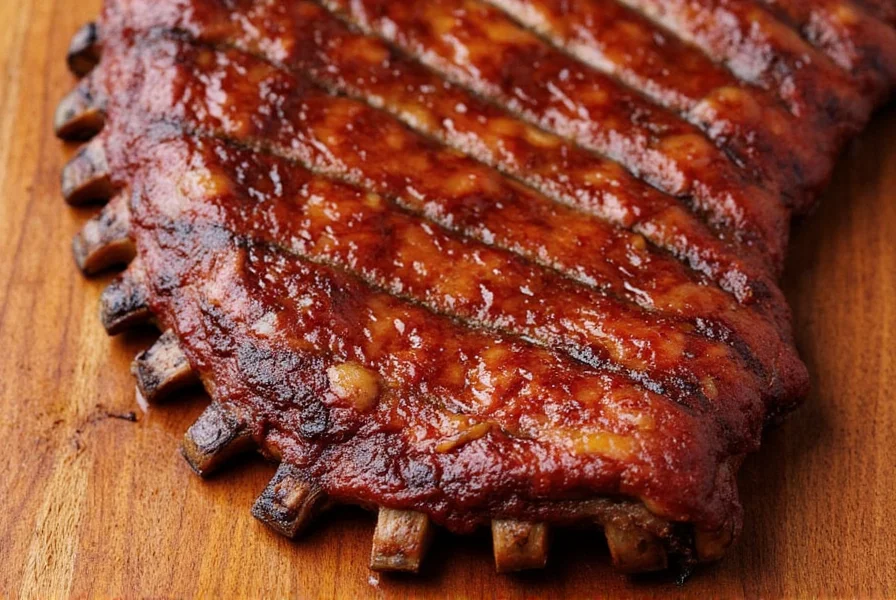
What Are Baby Back Ribs?
Baby back ribs, also called loin ribs, come from the upper part of the ribcage, closer to the spine. As noted by the American Culinary Federation, these ribs are leaner and more tender due to their location on the pig. They are often preferred for grilling or smoking because they cook faster and have a more delicate taste.
Key Features:
- Shorter and narrower (typically 6-8 inches)
- Less fat, more muscle (leaner cut)
- Tenderness and mild, sweet flavor

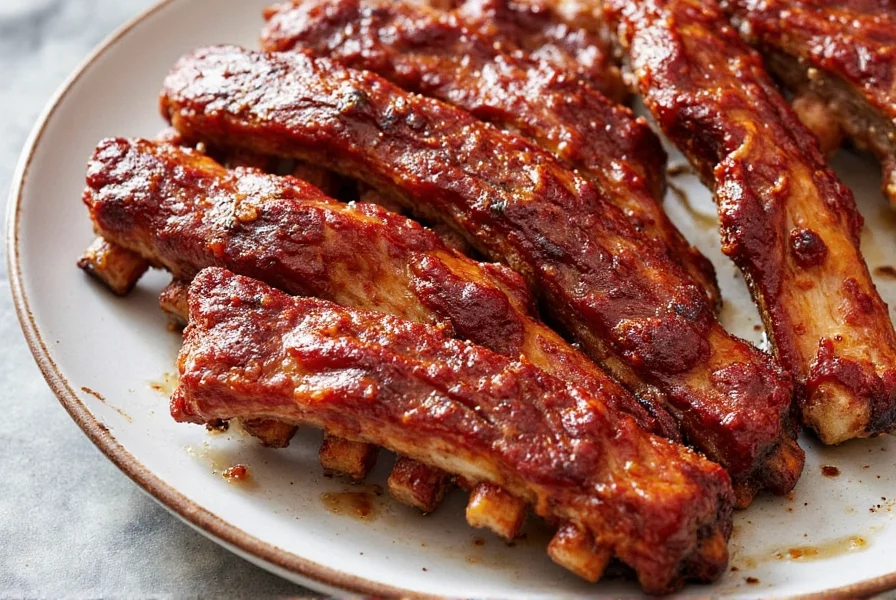
Key Differences Between the Two
While both types of ribs come from the same general area of the pig, there are several key differences that set them apart. Here's a detailed comparison:
| Feature | Pork Spare Ribs | Baby Back Ribs |
|---|---|---|
| Location | Lower ribcage, near the belly | Upper ribcage, near the spine |
| Size | Larger, longer (12-14 inches) | Smaller, shorter (6-8 inches) |
| Fat Content | Higher (15-20% more than baby backs) | Lower (leaner cut) |
| Flavor | Richer, more intense, meaty | Milder, sweeter, more delicate |
| Cooking Time | 4-6 hours at 225-250°F | 2.5-3.5 hours at 250-275°F |
| Price per Pound | $3-$5 | $4-$7 |
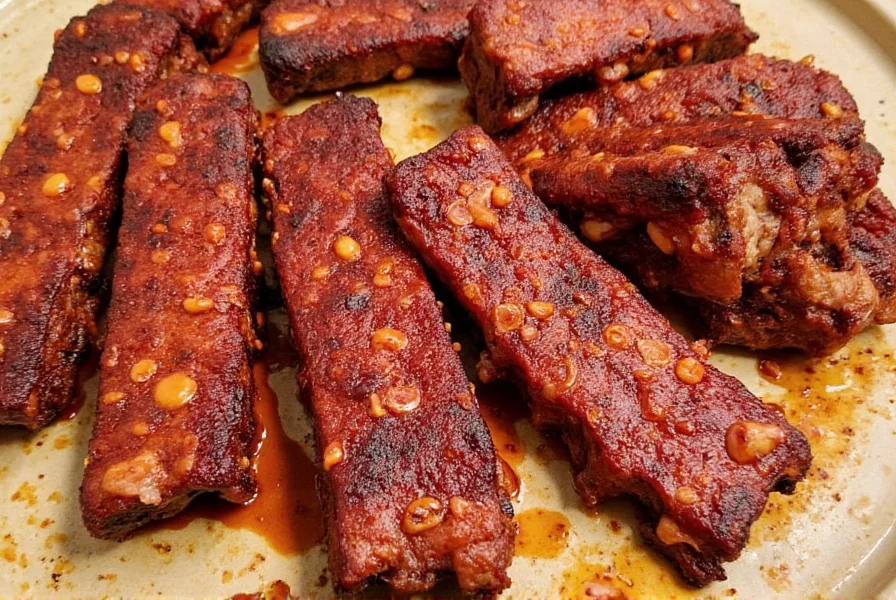
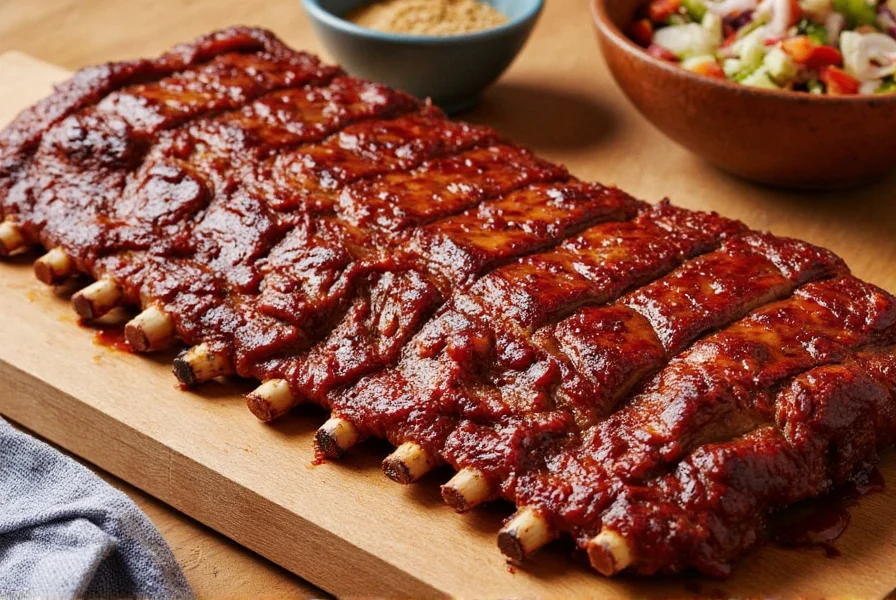
Cooking Techniques for Each Type
The way you cook these ribs depends largely on their size, fat content, and tenderness. Here are professional techniques for each type:
Pork Spare Ribs
Pork spare ribs are best suited for slow-cooking methods that allow the fat and collagen to melt, resulting in tender, juicy meat. Here are expert techniques:
- Barbecue: Smoke at 225°F for 5-6 hours with a dry rub, then finish with sauce during the last hour. This method ensures maximum flavor penetration.
- Stewing: Simmer in broth with vegetables and spices for 3-4 hours until fork-tender. Ideal for Asian-style dishes like Chinese spare ribs.
- Oven Roasting: Cook at 275°F for 3 hours covered in foil, then uncover and baste with sauce for 30 minutes. This yields fall-off-the-bone tenderness.
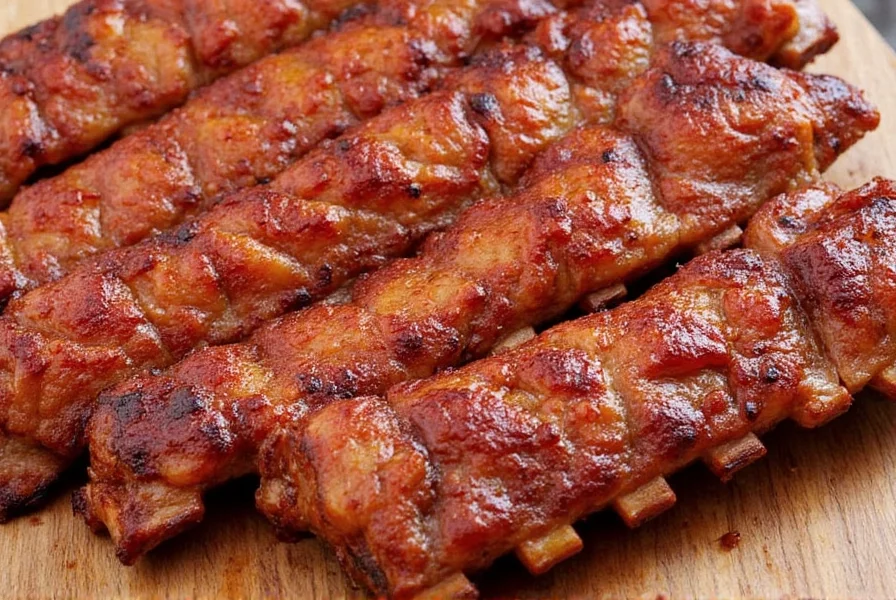
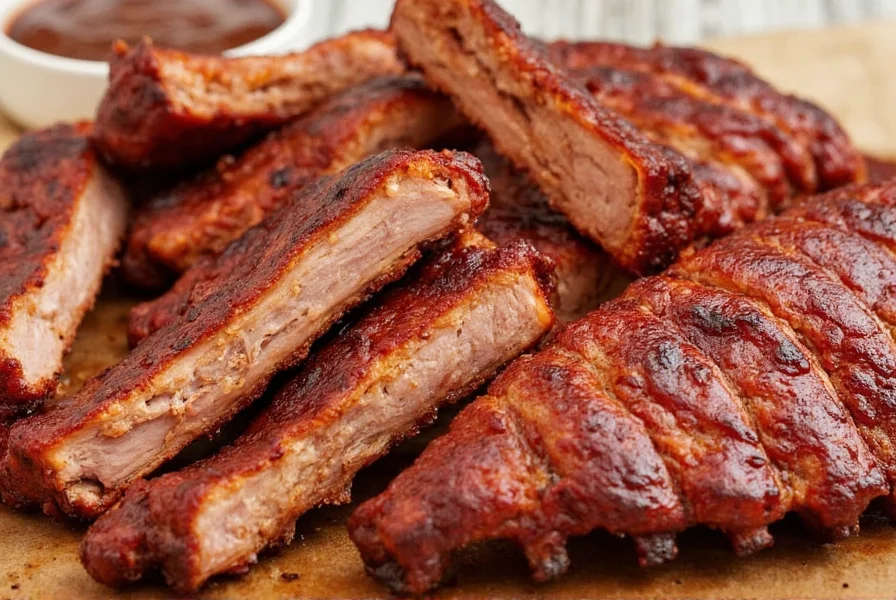
Baby Back Ribs
Baby back ribs are more delicate and cook faster, making them ideal for high-heat methods. Try these professional techniques:
- Grilling: Cook over indirect heat at 300°F for 1.5-2 hours with a dry rub, then glaze with sauce during the last 15 minutes for caramelization.
- Smoking: Smoke at 250°F for 2.5-3 hours using hickory or applewood chips. The leaner cut absorbs smoke flavor quickly.
- Steaming: Steam for 45 minutes with herbs and citrus, then finish on the grill for 10 minutes. This creates a healthier option with intense flavor.

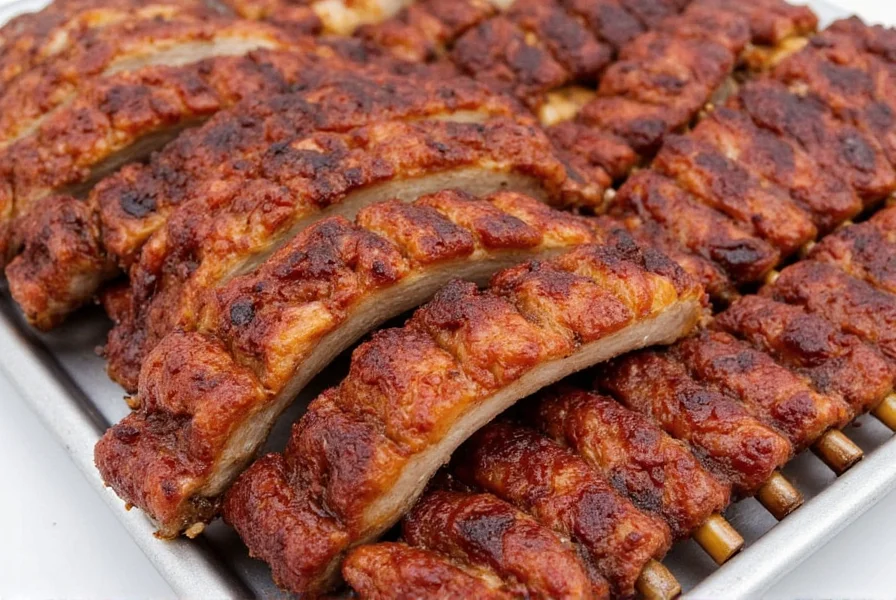
Buying Guide: How to Choose the Right Ribs
Whether you're looking for a big, meaty cut or something leaner and quicker to cook, here's what to look for when buying ribs:
Pork Spare Ribs
Best For: Those who enjoy bold flavors, large portions, and slow-cooked meals.
- Features: Look for ribs with good marbling (visible fat streaks) and a slight sheen—this indicates freshness and moisture content.
- Use Cases: Ideal for family dinners, potlucks, or weekend barbecues where you want rich, meaty flavor.
- Recommended Brands: Smithfield (USDA-certified quality), Kroger (consistent pricing), and Butterball (premium pre-marinated options).
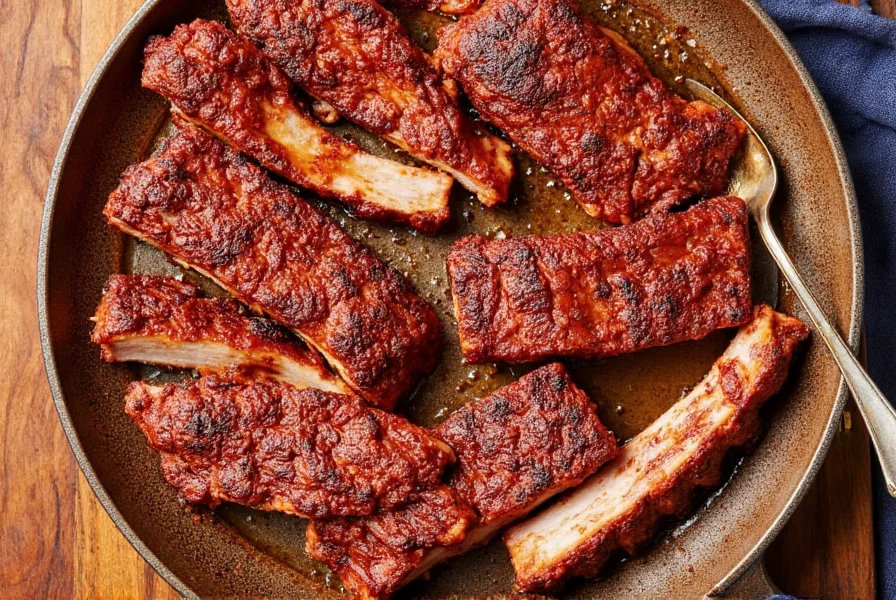
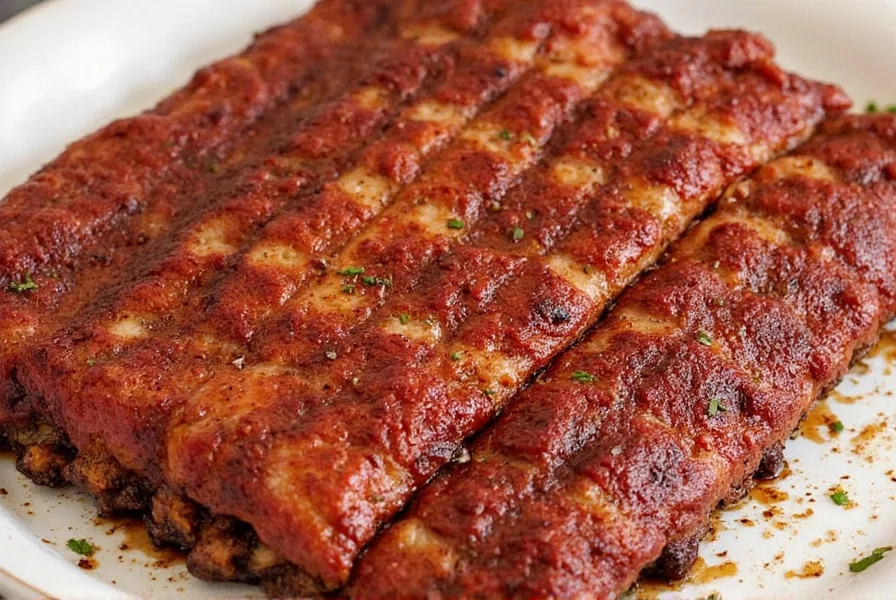
Baby Back Ribs
Best For: Those who prefer a more refined taste and want to cook quickly without sacrificing flavor.
- Features: Choose ribs that are firm to the touch and have a light pink color—avoid any that look gray or slimy, which indicates spoilage.
- Use Cases: Great for dinner parties, casual gatherings, or weeknight meals when you need a quicker cooking option.
- Recommended Brands: Applegate (organic options), Great Value (budget-friendly), and Farmer's Market (premium quality).
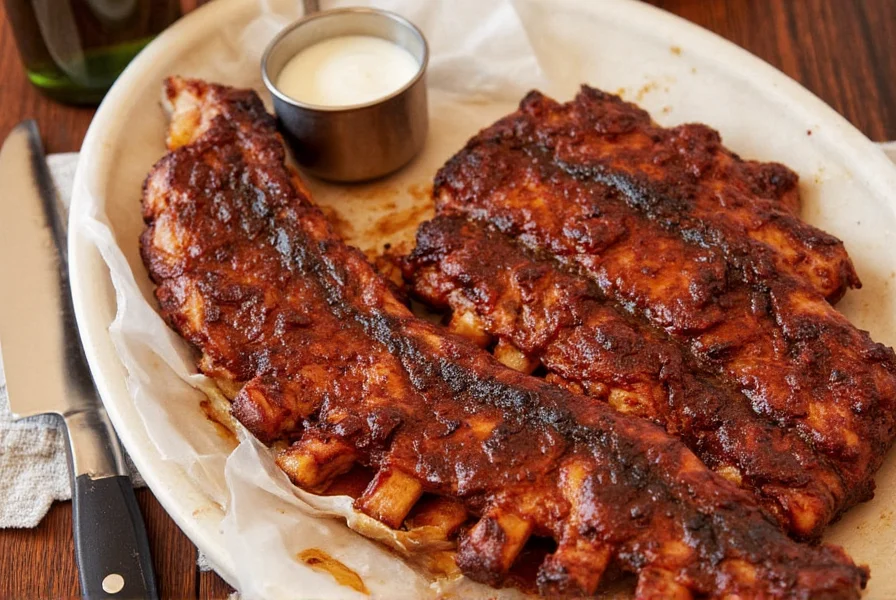
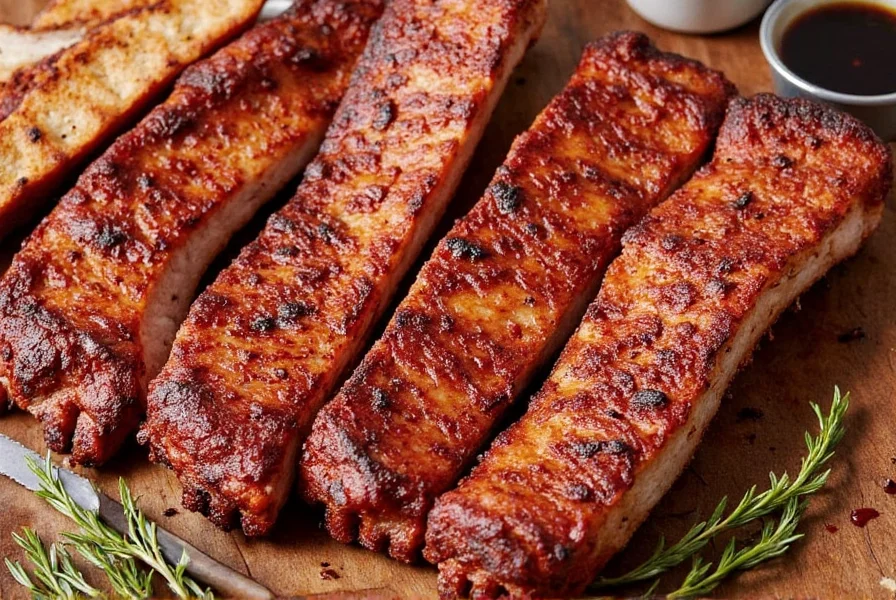
Frequently Asked Questions
What's the main difference between pork spare ribs and baby back ribs?
The main difference lies in where they're cut from on the pig. Pork spare ribs come from the lower part of the ribcage near the belly, while baby back ribs come from the upper part near the spine. This results in spare ribs being larger, fattier, and more flavorful, while baby backs are smaller, leaner, and more tender. According to the USDA, this anatomical difference affects both cooking time and flavor profile.
Which type of ribs is more tender?
Baby back ribs are generally more tender than pork spare ribs due to their location on the pig and lower fat content. However, when properly cooked (at 190-205°F internal temperature), spare ribs can also achieve fall-off-the-bone tenderness. The American Culinary Federation recommends cooking spare ribs longer to break down connective tissue.
Which ribs are better for barbecue?
Both can be great for barbecue, but they serve different purposes. Pork spare ribs are ideal for traditional low-and-slow barbecue as their higher fat content renders down beautifully. Baby back ribs work well for quicker barbecue sessions and take well to glazes and sauces due to their milder flavor. For competition BBQ, spare ribs are preferred for their meatier texture.
How much do pork spare ribs and baby back ribs typically cost?
Baby back ribs are usually more expensive per pound than pork spare ribs, typically costing $4-$7 per pound versus $3-$5 for spare ribs. This price difference reflects the leaner cut and higher demand for baby backs. Prices vary by region and season, but you can typically expect baby backs to cost 20-30% more than spare ribs.
Can I substitute one for the other in recipes?
You can substitute one for the other, but you'll need to adjust cooking times and possibly the recipe. If substituting baby backs for spare ribs, reduce cooking time by 25-30% and use less sauce due to their milder flavor. If using spare ribs where baby backs are called for, expect longer cooking times and potentially adjust seasoning to match the stronger flavor of spare ribs. Always cook to internal temperature rather than time for best results.
How long should I cook each type of ribs?
Pork spare ribs typically need 4-6 hours of slow cooking at 225-250°F, while baby back ribs usually take 2.5-3.5 hours at 250-275°F. For grilling, spare ribs need about 2.5-3 hours with indirect heat, while baby backs take 1.5-2 hours. Always cook until the internal temperature reaches 190-205°F for optimal tenderness, as recommended by the USDA Food Safety and Inspection Service.
Are baby back ribs actually from baby pigs?
No, this is a common misconception. Baby back ribs don't come from young pigs - the "baby" refers to their smaller size compared to spare ribs. Both types of ribs come from market-weight hogs (typically 240-280 pounds). The cut simply comes from a different part of the same size pig, as confirmed by USDA meat grading standards.
Conclusion
In short, are pork spare ribs the same as baby back ribs? No, they aren't. While they both come from the same general area of the pig, they differ in size, fat content, flavor, and cooking time. Understanding these differences helps you make better choices in the kitchen and ensures you get the most out of every meal. Whether you're a seasoned chef or just starting out, knowing the distinction between these two cuts can elevate your cooking game and impress your guests. So next time you're at the market, take a moment to consider which type of rib fits your recipe—and your spice level!
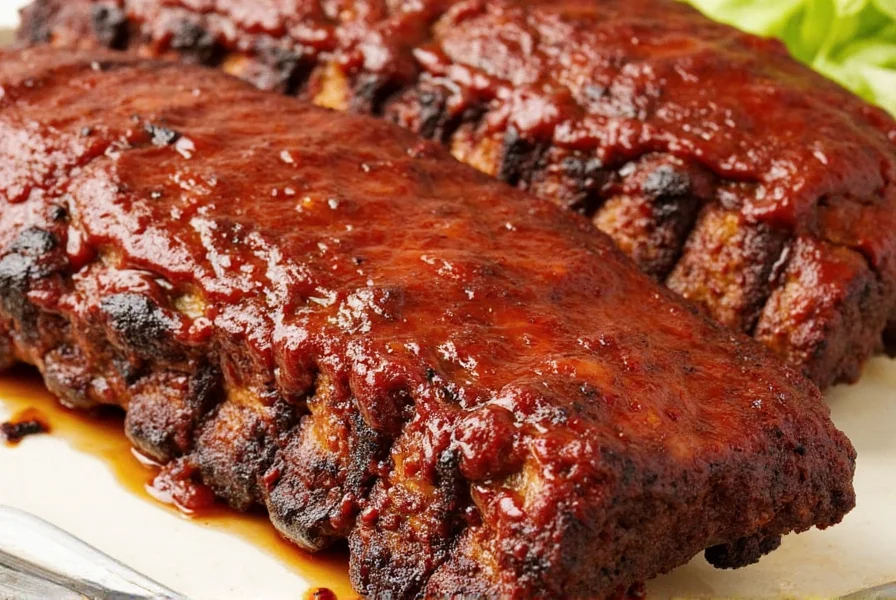


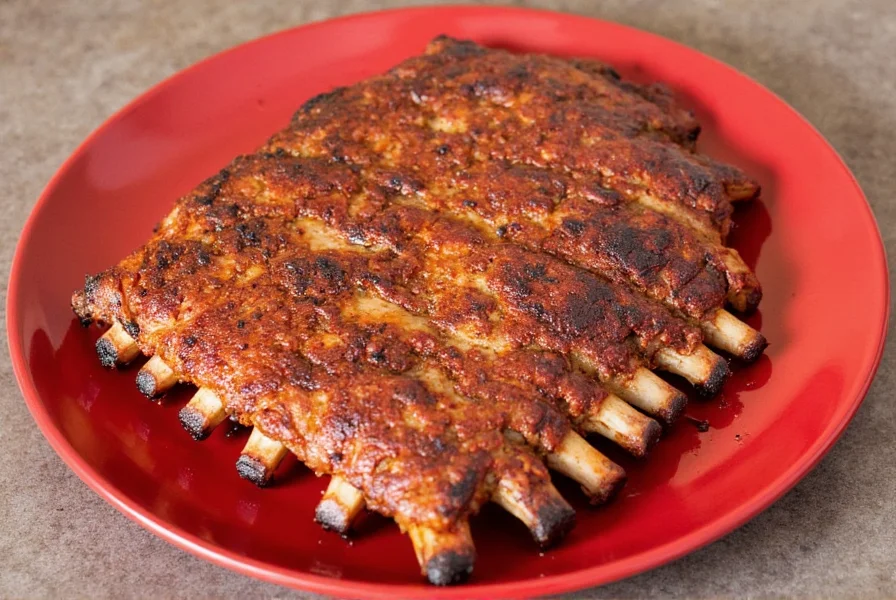









 浙公网安备
33010002000092号
浙公网安备
33010002000092号 浙B2-20120091-4
浙B2-20120091-4